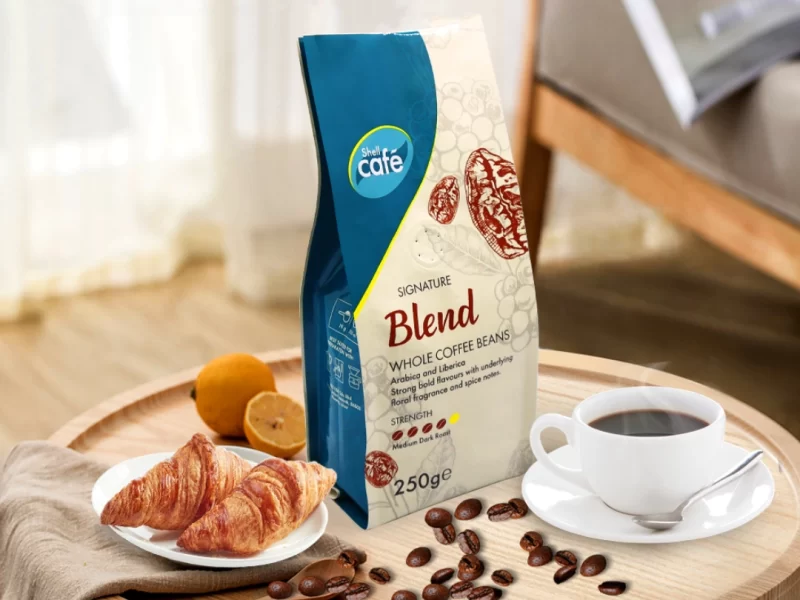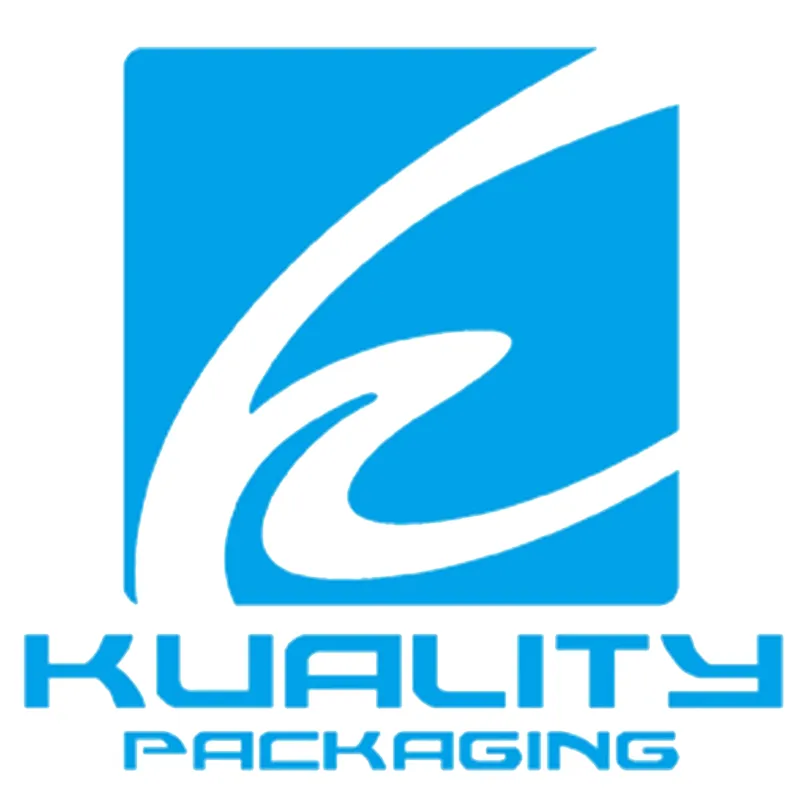
По мере развития науки и техники постоянно появляются инновации в технологиях гибкой упаковки. Пройдя путь от элементарной упаковки до сложной функциональной упаковки, этот сектор прошел обширный путь развития. Гибкая упаковка теперь выходит за рамки своей роли простого защитника продукта; она формирует идентичность продукта и служит проводником капитала бренда. В этой статье мы рассмотрим определение гибкой упаковки, ее достоинства, области применения, экологические последствия, а также заглянем в будущее этой универсальной сферы упаковки.
Что такое гибкая упаковка
Гибкая упаковка относится к типу гибкой упаковки, обычно изготавливаемой из таких материалов, как пластиковая пленка, ламинат, бумага и фольга. Эти материалы комбинируются и обрабатываются для создания адаптируемых, легких и удобных упаковочных решений. Она обеспечивает большую гибкость и адаптивность по сравнению с традиционной жесткой упаковкой. К распространенным гибким упаковочным материалам относятся пластиковая пленка, алюминиевая фольга и бумага. Благодаря умелому сочетанию и обработке эти материалы образуют упаковочные формы, способные эффективно защищать продукцию. Являясь важной инновацией в области современной упаковки, гибкая упаковка стала важным средством защиты, демонстрации и продажи продукции.
Преимущества гибкой упаковки
Гибкая упаковка, как инновационная форма упаковки, играет ключевую роль в области упаковки, которая глубоко изменила защиту, демонстрацию и способ продажи товаров. Технология охватывает широкий спектр материалов и процессов, по сравнению с традиционной жесткой упаковкой демонстрируя целый ряд преимуществ:
- Адресная защита: Гибкая упаковка может быть персонализирована в соответствии с конкретной формой продукта для достижения более плотной защиты, эффективно снижая риск повреждения при транспортировке и хранении.
- Уменьшенный вес: Гибкая упаковка, как правило, легче жесткой, что не только снижает транспортные расходы, но и уменьшает общее потребление упаковочных материалов.
- Экономичность: Благодаря более простым производственным процессам, затраты на изготовление гибкой упаковки остаются низкими, что дает ей сильное ценовое преимущество на рынке.
- Разнообразие технологий печати: поддержка флексографии, глубокой печати, цифровой печати и других методов, гибкая упаковка в визуальном дизайне высокой гибкости для удовлетворения различных потребностей.
- Защита окружающей среды и возможность вторичной переработки: большое количество гибких упаковочных материалов подходит для переработки и повторного использования, а также активно снижает нагрузку на окружающую среду.
- Удобство использования: гибкая упаковка, как правило, легко открывается и используется, что является прямым ответом на реальные потребности потребителей.
- Оптимизация занимаемого пространства: его характеристики складывания и сжатия значительно сокращают занимаемое складское и транспортное пространство, повышают эффективность складирования и логистики.
- Адаптивность материала и защита одновременно: гибкость гибкого упаковочного материала позволяет обеспечить плотное прилегание формы продукта, снизить вероятность поломки в процессе транспортировки, а также, благодаря своим отличным барьерным свойствам, эффективно противостоять проникновению влаги, кислорода и загрязняющих веществ, продлить период свежести товара.
- Неограниченный творческий дизайн: гибкая упаковка для дизайнеров предоставляет широкий простор для фантазии, благодаря уникальному рисунку, насыщенным цветам и новой форме, успешно привлекает внимание клиентов, стимулирует интерес к покупке и еще больше повышает привлекательность рынка.
Области применения гибкой упаковки
Использование гибкой упаковки в самых разных отраслях демонстрирует ее гибкость и потенциал кастомизации, позволяя подбирать уникальные упаковочные решения для различных продуктов, тем самым подчеркивая индивидуальность продукта и дифференциацию бренда на рынке и повышая его конкурентоспособность.
Пищевой сектор стал свидетелем незаменимой роли гибкой упаковки, особенно в пакетах и пакетах-стойках для готовых к употреблению закусок, напитков и продуктов с коротким сроком хранения. Этот вид упаковки не только создает защитный барьер для продуктов питания, но и значительно повышает удобство для потребителей за счет легкости вскрытия и повторного запечатывания, эффективно сохраняя свежесть и первоначальный аромат продуктов, чтобы потребители наслаждались вкусом.
Фармацевтическая отрасль также делает большую ставку на гибкую упаковку: блистерные упаковки, индивидуальные дозировочные пакеты и другие виды гибких упаковочных материалов обеспечивают сохранность препарата без повреждений и чистоту, а его отличные барьерные характеристики позволяют противостоять внешнему загрязнению, продлевая потенцию препарата, что является ключевым фактором.
Аналогичным образом, в индустрии косметики и средств личной гигиены гибкая упаковка в виде туб, пакетов и других форм демонстрирует преимущества своей практичности и эстетической привлекательности и отдает предпочтение. Этот вид упаковки не только облегчает точный контроль содержимого, но и улучшает сенсорные ощущения пользователя благодаря инновациям в дизайне, становясь эффективным способом повышения добавленной стоимости продукта.
Экологические аспекты гибкой упаковки
Воздействие гибкой упаковки на окружающую среду является важным фактором в современном мире. Хотя некоторые виды гибкой упаковки вызывают определенные опасения по поводу утилизации, мы работаем над созданием более экологичных вариантов. Мы изучаем и внедряем биоразлагаемые и перерабатываемые гибкие упаковочные материалы, чтобы минимизировать наше воздействие на окружающую среду. Кроме того, гибкая упаковка продолжает совершенствоваться и развиваться. По мере того как люди все больше заботятся об окружающей среде, разрабатываются все более экологичные гибкие упаковочные материалы, позволяющие минимизировать воздействие на окружающую среду.
Как добиться устойчивого развития гибкой упаковки
Благодаря непрерывному научно-техническому прогрессу и заботе потребителей об устойчивом развитии гибкая упаковка будет продолжать развиваться и в будущем. Мы можем предвидеть, что гибкая упаковка станет более интеллектуальной, экологичной и персонализированной, предоставляя более разнообразные решения для упаковки продукции в различных отраслях. Нам необходимо рассмотреть следующие аспекты:
- Выбор экологичных материалов: Выбирайте перерабатываемые, возобновляемые или биоразлагаемые материалы, чтобы свести к минимуму зависимость от традиционных пластмасс, используя такие альтернативы, как биопластик, бумажные подложки и легко перерабатываемую металлическую пленку.
- Эффективный дизайн упаковки: Оптимизируйте конфигурацию упаковки, чтобы сократить расход материалов, используя разумные структурные схемы и стратегии определения размеров, которые обеспечивают сохранность продукции без образования чрезмерных отходов.
- Повышение пригодности к переработке: Разрабатывайте конструкции гибкой упаковки, пригодные для вторичной переработки, отдавая предпочтение мономатериальным конструкциям или композитам, которые упрощают разделение для эффективного процесса переработки, а также создавайте надежную инфраструктуру переработки для увеличения коэффициента извлечения.
- Повышение энергоэффективности: внедрение энергоэффективных технологий и оборудования в производственные процессы для сокращения энергетического следа, а также продвижение использования чистой энергии для смягчения экологических последствий.
- Экологически чистые методы печати: Применяйте экологически безопасные технологии печати, например, чернила на водной основе или УФ-отверждаемые чернила, чтобы снизить выбросы летучих органических соединений (ЛОС).
- Расширенный потенциал использования: Внедрение концепций многоразовой гибкой упаковки, таких как многослойные пакеты или складные форматы, повышающие долговечность и возможности повторного использования.
- Просвещение и работа с потребителями: Повышение осведомленности потребителей об экологичности гибкой упаковки, мотивация ответственного отношения к утилизации и переработке отходов с помощью целевых информационных кампаний и формирование экологически сознательных моделей потребления.
- Стимулирование инноваций и сотрудничества: Стимулирование сектора упаковки к инновациям и внедрению технологий устойчивой упаковки, укрепление партнерских отношений с поставщиками, переработчиками и другими заинтересованными сторонами для совместного продвижения гибкой упаковки по траектории устойчивого развития.
- Анализ жизненного цикла: Проведите тщательное исследование жизненного цикла гибкой упаковки, начиная с выбора сырья и заканчивая утилизацией, чтобы тщательно оценить последствия для окружающей среды и разработать меры по исправлению ситуации.
- Соблюдение политики и защита интересов: Согласование с нормативно-правовой базой и активное содействие разработке стандартов, поддерживающих устойчивое развитие гибкой упаковки. Активное участие в отраслевых альянсах для совместного создания руководящих принципов и целей устойчивого развития.
В заключение
В то же время постепенно появляется интеллектуальная гибкая упаковка. Благодаря добавлению датчиков и других технологий можно осуществлять мониторинг и управление состоянием продукта в режиме реального времени. Эти инновации не только делают гибкую упаковку более соответствующей требованиям времени, но и открывают новые возможности для будущего развития. Гибкая упаковка стала неотъемлемой частью современной упаковки. Ее преимущества с точки зрения защиты, удобства, дизайна и универсальности сделали ее первым выбором для многих отраслей промышленности. Поскольку технологии продолжают развиваться, а экологичность приобретает все большее значение, будущее гибкой упаковки выглядит радужным. Благодаря постоянным исследованиям и инновациям гибкая упаковка будет развиваться и дальше, предлагая лучшие решения для удовлетворения потребностей в упаковке и способствуя росту и успеху всех отраслей промышленности.
Упаковка Huiyang несет социальную ответственность за безопасность продуктов питания и охрану окружающей среды. Мы предоставляем комплексные решения по обслуживанию гибкой упаковки. Мы всегда используем пищевое и экологически чистое сырье. Каждый процесс имеет механизм контроля качества, сочетающий в себе машинный и трудовой труд. Качество всегда было нашим стремлением, а наши производственные мощности постоянно улучшаются. Мы следим за тем, чтобы каждая партия продукции удовлетворяла наших клиентов. Если вы начинающий конвертер, который хочет узнать больше об индустрии гибкой упаковки, или представитель бренда, который не уверен, что вам больше подходит, жесткая или гибкая упаковка, пожалуйста, не стесняйтесь обращаться к нам.
